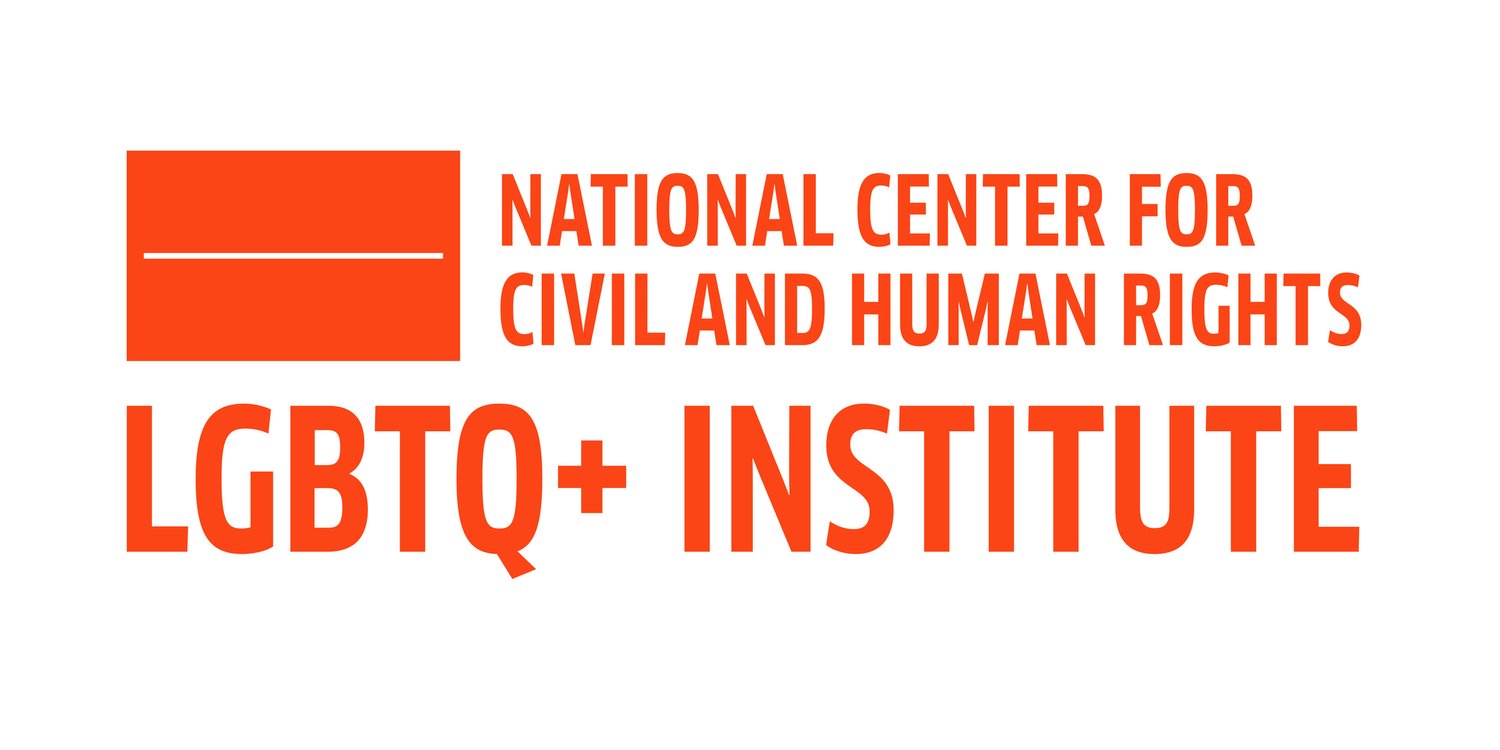By Kevin Fagan
Transgender adults in California have about the same poverty and education levels as people who identify as the gender they were assigned at birth, but they are more likely to be white and to be struggling with suicidal impulses, according to a new UCLA study.
The report, which is being released Tuesday as part of UCLA’s annual California Health Interview Survey, found that there are an estimated 92,000 transgender adults in California, or 0.35 percent of the state’s over-18 population.
UCLA billed the study as the most comprehensive survey of transgender demographics ever conducted in California. In at least one respect, researchers said, its conclusions were not surprising: The finding that 22 percent of transgender people have attempted suicide, compared with 4 percent for adults who identify with their birth-assigned gender, was similar to reports in earlier studies.
But other findings were unexpected. They included the narrow differences in poverty levels between transgender and cisgender adults — those who identify with their birth-assigned gender. Thirty-two percent of transgender adults live below the poverty line, the survey indicated, compared with 28 percent of cisgender adults.
Given the level of societal discrimination against transgender people, the researchers said, the disparity should be greater. They said further research may expose such differences, and suggested there were hints of them in the latest numbers.
For instance, 64 percent of transgender adults reported having difficulty getting enough to eat, the survey said, compared with 45 percent of cisgender adults.
“This survey shows us that even in a state that could definitely be seen as having more protective policies in place, it still has disparities,” said lead author Jody Herman, a scholar at UCLA’s Williams Institute, which specializes in LGBT research.
“That tells us we need to look at how those policies are being enforced,” Herman said. “It also shows that we should work more with families, educators, communities and employers — everybody — to reduce anti-trans discrimination.”
The survey was conducted by the Williams Institute and the UCLA Center for Health Policy Research in 2015 and 2016, and consisted of telephone interviews with 32,227 Californians ages 18 to 70. Unlike other surveys on the topic, participants were asked not just if they identified as transgender, but which sex was assigned to them at birth.
The survey found more disparities than similarities between transgender and cisgender adults. For example, the study found, 64 percent of transgender California adults are white, compared with 39 percent of cisgender adults; 75 percent of transgender respondents reported being single and 68 percent didn’t own homes, compared with 45 percent and 47 percent, respectively, for cisgender adults.
Thirty-five percent of transgender respondents who reported having multiple sex partners in the previous year were HIV-positive, researchers said. Among cisgender adults, the figure was just 2 percent.
But in several categories, there was little difference between the two groups. Thirty-eight percent of transgender and cisgender respondents reported having at least a bachelor’s degree; about two-thirds of both groups were U.S. citizens by birth; and more than 80 percent had a health care provider.
But drilling deeper into health care responses showed troubling trends, the authors said.
Transgender adults were nearly three times as likely as cisgender adults not to pick up medicines that had been prescribed for them — 32 to 11 percent — and 60 percent of transgender adults said they have a disability due to an emotional, mental or physical condition. Among cisgender adults, that figure was 27 percent. Researchers attributed the higher rates to stress from bigotry and feelings of being stigmatized.
“It’s clear there is a need for more mental health services in addition to finding better ways to reduce anti-trans bias and discrimination,” said co-author Bianca Wilson, another Williams Institute scholar.
